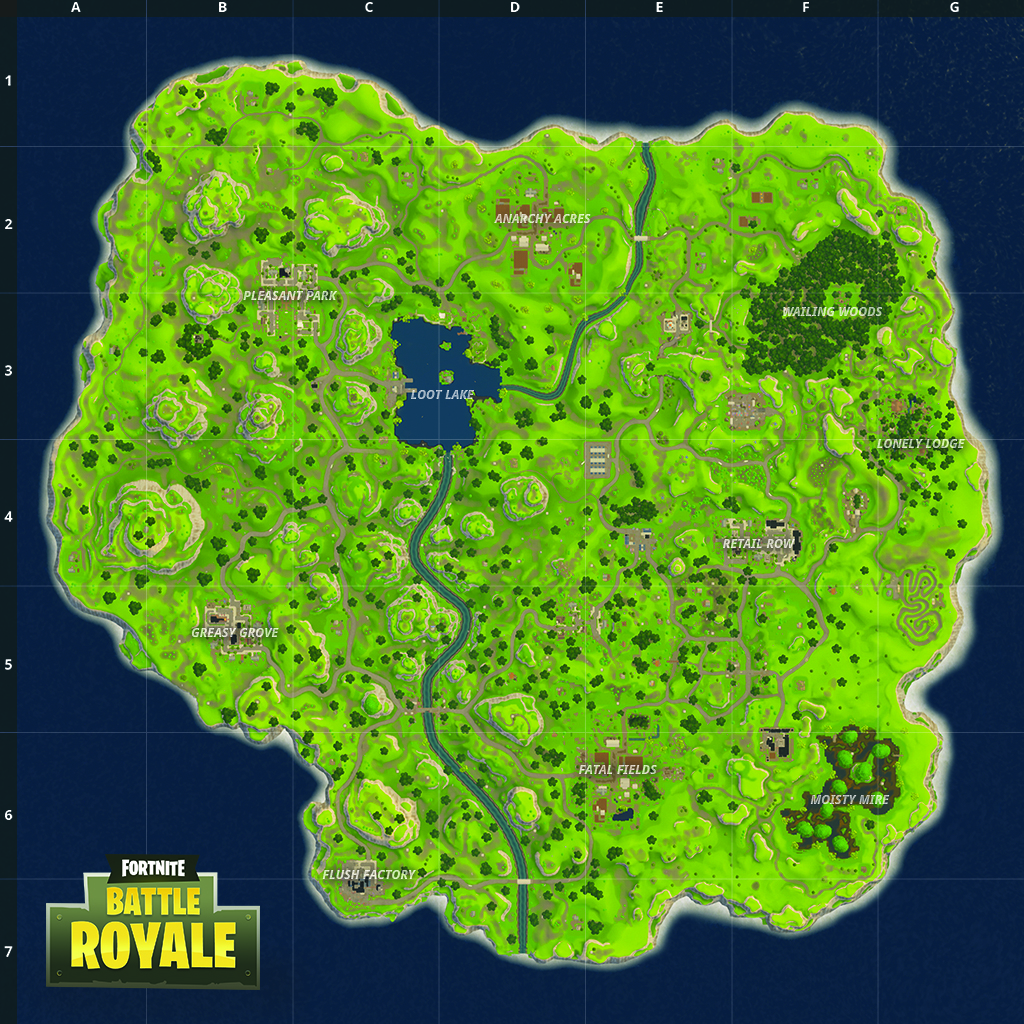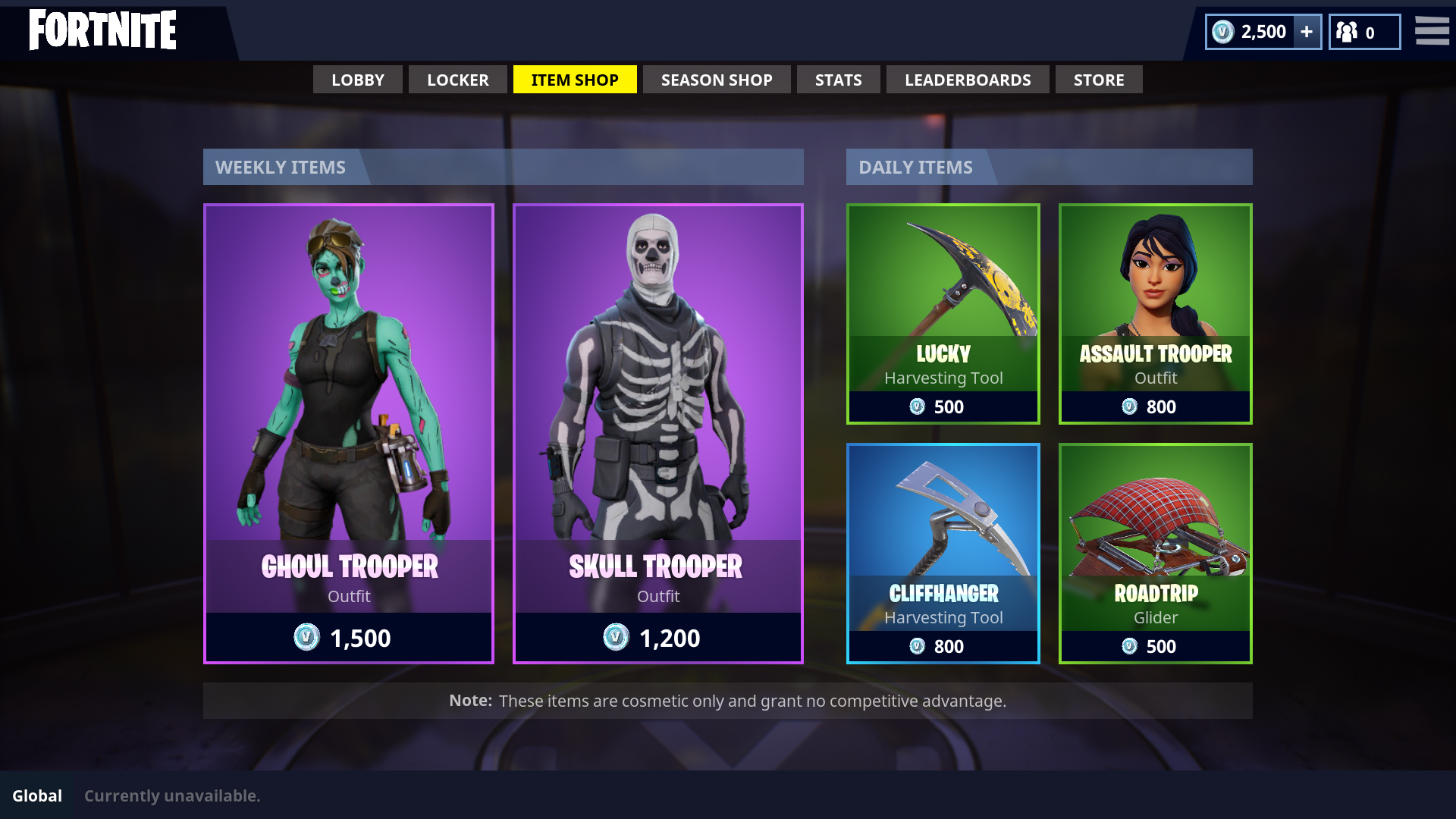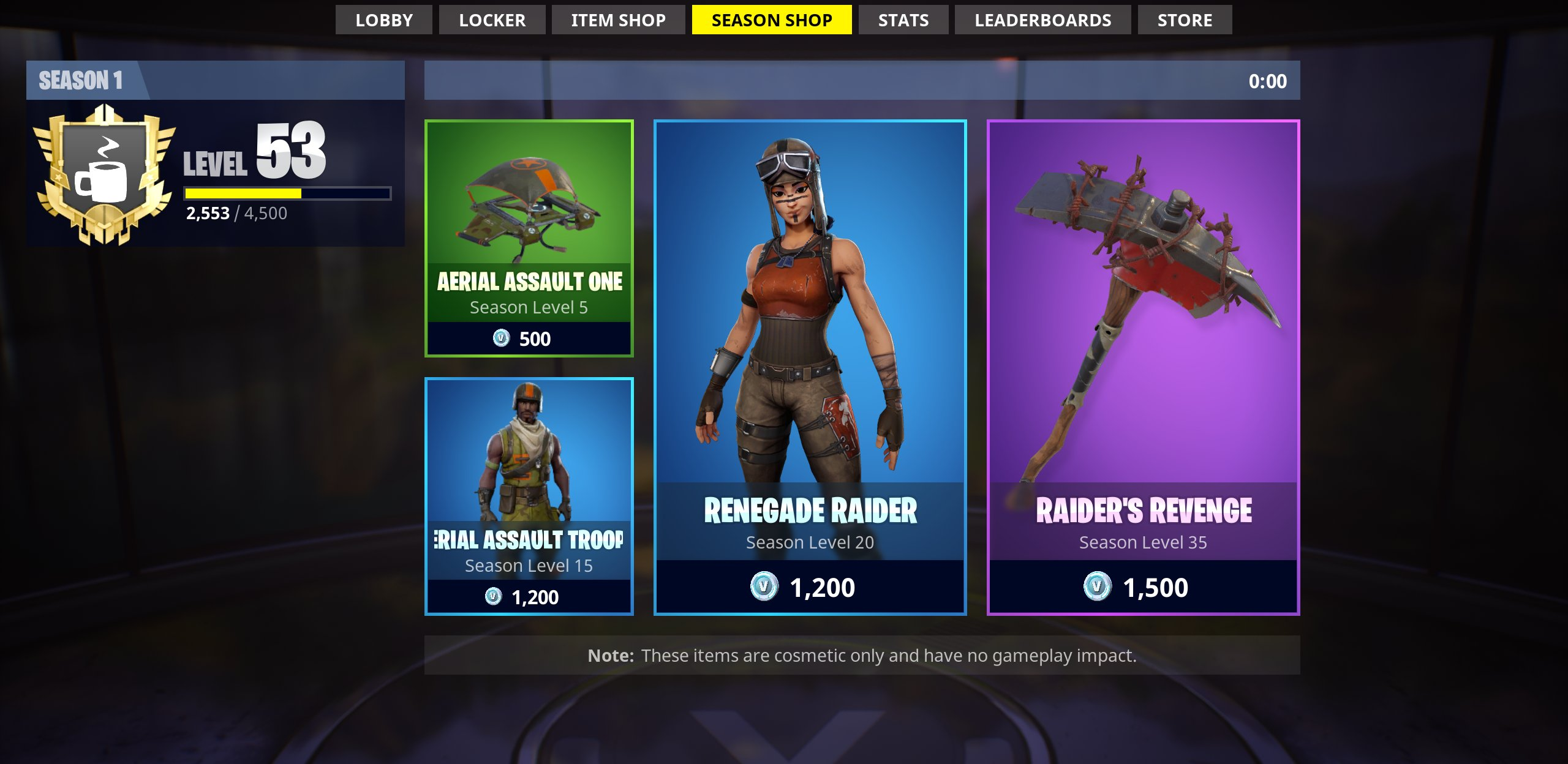Fortnite Season 1 Review
This post was actually written on Sep 1, 2024 as a reflection on Fortnite Season 1.
On September 12, 2017, Fortnite released Battle Royale as a Public Test, marking the very first time anyone could play a match and try to get the Victory Royale. This test was set to last for 2 weeks upon which Battle Royale would be officially available on September 26, 2017. But before we get completely into everything that is Fornite BR, we should first talk through Fortnite Save the World (STW), which was the original Fortnite that was planned starting several years earlier.
Fortnite’s Early History
If you can believe it, Epic Games originally previewed Fortnite (Save the World) way back in 2011 during the Spike Video Game Awards. They had just finished developing Gears of War 3 and decided to take inspiration from games like Minecraft to come up with the concept of Fortnite wherebuy a fun shooter could be combined with building. After taking the next 3 years to spend on development, Fortnite allowed the public to sign-up for its closed Alpha launch, but only on PC. Just before the end of the year, selected players were able to play the Alpha mode. A few months later, additional players joined the second phase of Alpha in March, 2015. And then in the Fall, the the game moved to closed Beta testing, but added Mac to its available platforms. Finally, in July, 2017 (just two months before Battle Royale released), Fortnite was made available to anyone on Windows, Mac, Xbox One and Playstation 4 as “Early Access”.
Epic Games said that they began working on Fortnite Battle Royale a few months into 2017 after Playerunknown’s Battlegrounds (PUBG) released. Obviously much of the work was already built for STW, but Epic’s Unreal Tournament team needed those several months to develop the online components and mechanics specific to Battle Royale. One of those unique pieces to Battle Royale is the map.
The Map
The original Battle Royale map only had a single biome where everything was grassy, of a moderate temperature and so there was no desert and no snow. The only POIs (points of interest) identified on the map were Anarchy Acres, Fatal Fields, Flush Factory, Greasy Grove, Lonely Lodge, Loot Lake, Moisty Mire, Pleasant Park, Retail Row and Wailing Woods (though after a few weeks, they did identify Tomato Town, Dusty Depot and Salty Springs on the map). For 100 players, this map can only be described as massive! This is especially true when the only way to get around the map is by foot.

But to address this, the progression of the match forces players into smaller and smaller areas of the map by having a storm that encompasses the island. This is a great balance to ensure players have the opportunity to find weapons, shield and utility items while randomly entering fights, but ultimately being forced into fighting as the match goes on. A second great aspect of the storm mechanic is that its path is randomly determined for each match. So you can never know when you’re dropping from the Battle Bus whether you will be able to stay in the area where you land, or if you might have to traverse the entire map in order to stay alive.
The varying terrain in the original map offering plenty of hills helped players quickly learned the advantages of having height, and gave players a reason to build beyond trying to protect themselves from shots fired at them by other players. It’s really interesting to watch gameplay videos by even really skilled players where they do almost no farming of materials and hardly attempt to build. One example for you to check out is from Dakotaz (known as ‘Wolvezzz’ in this video below).
Weapons and Items
With the original release of Battle Royale, there were actually a wide variety of weapons available; more than you might expect, for sure. You could find pistols, shotguns, submachine guns, assault rifles and snipers. But beyond just typical guns that shoot bullets, Fortnite also had explosives including grenades and rocket launchers. Lastly, there were traps, like the Ceiling Zapper. Most of these weapons came in different rarities where more rare versions (Orange > Purple > Blue > Green > White) offered benefits including higher damage and less recoil (greater accuracy). As a player survived longer and longer in a match, they would likely come across weapons with higher rarity, thus giving them a greater advantage compared to fights in early-game.
Separate from weapons, there were also healing items, but only medkits and large shield potions. Medkits healed a player’s health to 100 and large shield potions provided 50 points of shield.
Perhaps the toughest part of Fortnite when you weren’t engaged in a fight was deciding what items to carry, as you only had 5 inventory slots. So you could take a few guns, one or 2 heals, but which did weapons were best to take? Should you carry a sniper with it’s scope and high damage, or would a rocket launcher with splash damage be better to secure the win? And if you take one of those, which gun do you sacrifice? Or do you choose to only carry either medkits or shields, and not both?
Frequent Game Updates
One of the benefits of being released as “Early Access” is that Fortnite could make very frequent updates to the game whereas “Finished” games typically only have occasional updates maybe only as frequently as every few months, but oftentimes much less frequently than that. Here’s everything Fortnite updated during Season 1.
At the Public Test launch, Fortnite was only available as a Solo gamemode, but they quickly added Squads in time for the official launch on September 26, 2024 (and Duos a week later on October 3rd). While they already had plans for these modes, it quickly became important as players would try to load into the same match and would team-up, which of course puts other players at a disadvantage and started Fortnite to step up their efforts to detect and ban cheaters.

Shortly after launch, Fortnite added Supply Drops. These were packages that would spawn in the air sometime during the middle of the match and offered weapons, heals, materials, etc. if you were willing to venture out and open them. They were displayed on the map so any players could see where they were at, and it would lead to more fights by drawing players together.
In Mid-October, Fortnite added Voice Chat (initially just for PC) so that you could communicate in-game with your teammates.
Also at launch, Fortnite was only available on two regions, namely North America (Virginia servers) and Europe (Germany servers). You could play from anywhere in the world, but the closer you were to the servers, then better your game performance was going to be. They had said early on that they would be able to expand to other regions of the world, and so their first expansion came to Brasil and Asia only 3 weeks after launch. Regions: https://www.fortnite.com/news/fnbr-performance-update
Just before Halloween, Fortnite released the first content update which added Fortnitemares. Fortnitemares temporarily changed the Rocket Launcher to a Pumpkin Laucher, which fired explosives pumpkins instead of traditional rockets. It also enabled players to buy cosmetics that were Halloween-themed. More details on this is further down below. With the Fortnitemares update and the Season Shop release, Fortnite effectively indicated that the game was going to have multiple seasons, whereby a season would last for a few months and significant changes would occur as each season began.
Over the course of the season, Fortnite added additional items including:
- Slurp Juice
- Bush (wearable)
- Launch Pads
- Smoke Grenades
Locker and Item Shop
On October 26, 2017 (just a month after official launch!), Fornite added the ablity to customize your in-game look through selection of items in the Locker. Alongside this, they released both an Item Shop and a Season Shop. As a free-to-play game, Fortnite needed to have a way to make money, so they had always planned on selling cosmetic items. The Item Shop offered items that would be available as “Weekly Items” or as “Daily Items”, which added pressure to purchase them, because you may not be able to ever have the opportunity to get them if you didn’t get them when they were in the shop.
The very first items available in the Item Shop correlated to the first Fortnitemares event, so they were largely Halloween-themed. Those items included the Ghoul Trooper and Skull Trooper outfits, the Reaper and Lucky harvesting tools, the Petunia glider and the Renegade outfit.

Alongside the Item Shop, Fortnite also added a Season Shop. The Season Shop showed as “Coming Soon” until patch 1.8.2 was released on November 8, 2017. The difference between the Item Shop and the Season Shop was that Season Shop items could only be purchased after having reached a particular level during the season. The items available in the first Season Shop included the Aerial Assault One glider (required level 5), Aerial Assault Trooper outfit (required level 15), Renegade Raider outfit (required level 20) and Raider’s Revenge pickaxe (required level 35). The Season Shop was short-lived though, as it was replaced by the Battle Pass with the start of Season 2 five weeks later.

Fortnite’s Success
There were immediate indications of Fortnite’s impending success just within the first weeks of launch. By October 4, 2017, Fortnite announced that they had 7 million players. Another week later and that number had risen to 10 million.
There are probably 3 keys to Fortnite’s success
- Fortnite released on dominant platforms all at once - aside from mobile and Nintendo Switch players, if you were a gamer, you could play Fortnite starting on day 1. If your friend played it and was telling you about it, you could also play it. This led to faster adoption.
- Streaming and YouTube videos showed off the game. It’s difficult to imagine how Fortnite would be different if Twitch and streaming and videos on YouTube didn’t exist. How would players have learned about Fortnite? How would they have been enticed to give it a try? It’s no coincidence that Epic Games actually sponsored initial streams/videos for popular streamers to show off the game.
- Fortnite quickly released changes that improved the game and kept it interesting. If Fortnite hadn’t been able to adapt so quickly, player enjoyment might have died off. Fixing bugs, adding new items, and other improvements reinforced the idea that the game would only get better as time went along.

